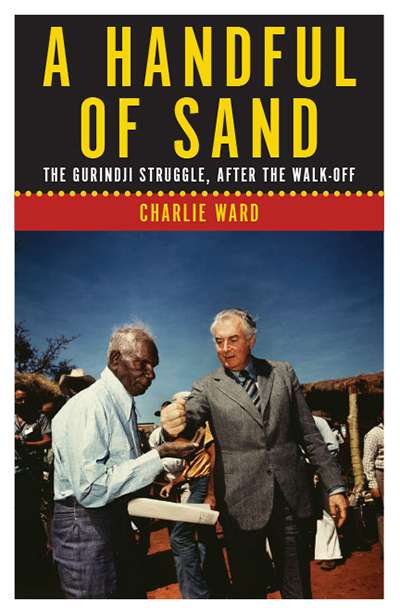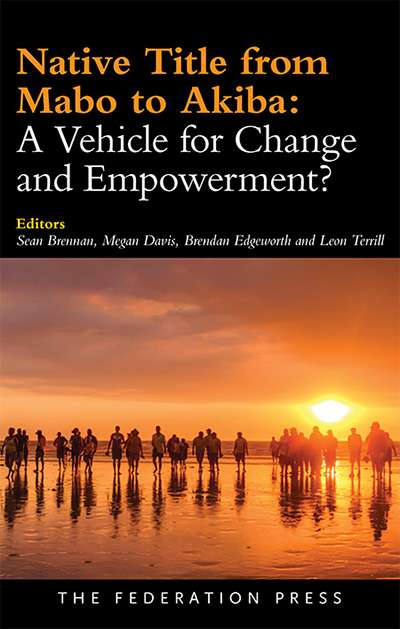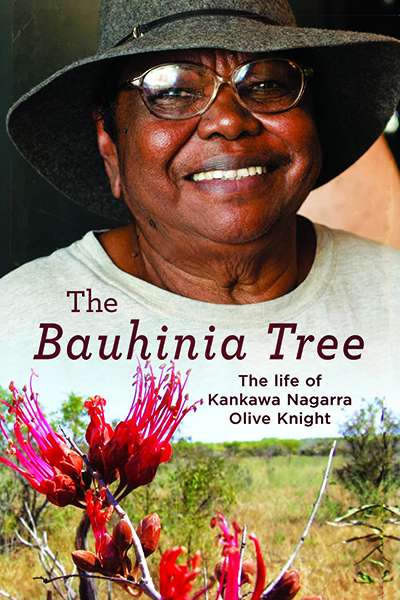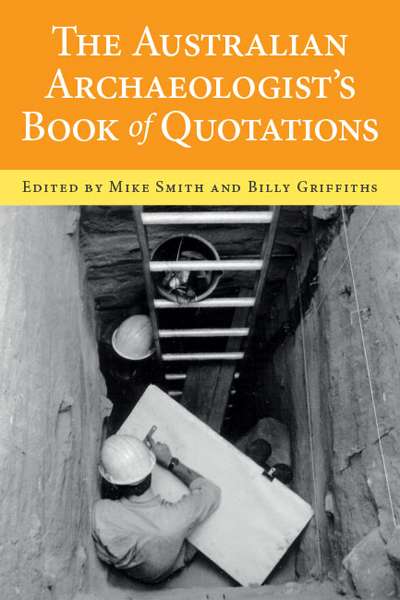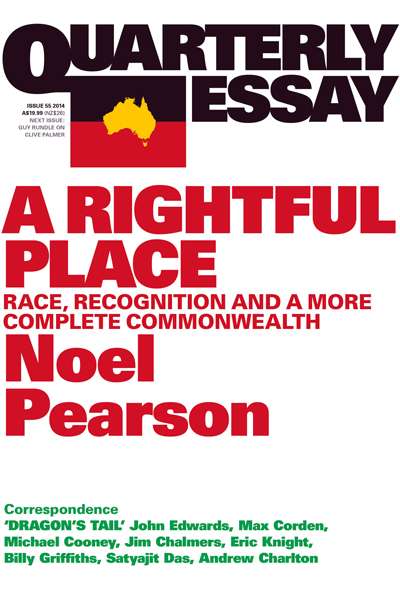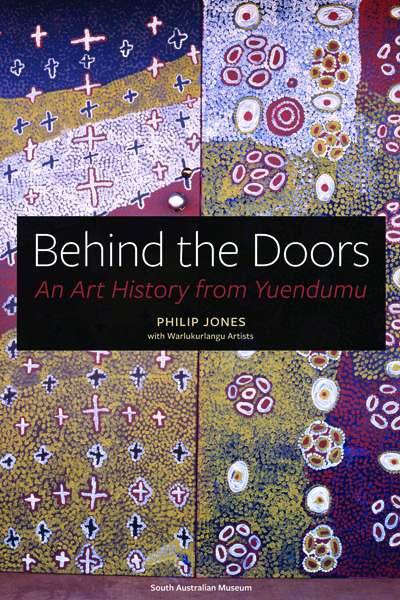Indigenous Studies
A Handful of Sand: The Gurindji struggle, after the walk-off by Charlie Ward
The iconography of Indigenous land rights in Australia is fundamentally deceptive. Take, for example, the famous photograph of Prime Minister Gough Whitlam pouring red ...
... (read more)Native Title from Mabo to Akiba: A Vehicle for Change and Empowerment? edited by Sean Brennan et al.
Since the passage of the Native Title Act 1993 (Cth) and related law reform, legal rights and interests in a significant and growing estate have been transferred to Aboriginal ...
... (read more)The history of my onomastic apprehension and misapprehension about the big thing in the middle of Australia: It is called Ayers Rock. No, it is ...
... (read more)The Bauhinia Tree: The Life of Kankawa Nagarra Olive Knight by Kankawa Nagarra Olive Knight
Kankawa Nagarra Olive Knight is a leader in the Wangkatjungka community, south-east of Fitzroy Crossing in the Kimberley. For The Bauhinia Tree, her eventful seventy-year life story was recorded by Terri-ann White, then 'transcribed and refined' by White and Kankawa Knight. While the material has been edited to remove hesitations and interventions, the oral ...
#1 Martin Thomas reads ‘“Because it’s your country”: Bringing Back the Bones to West Arnhem Land'
In 2013 we published Martin Thomas's Calibre Prize-winning essay ‘“Because it’s your country”: Bringing Back the Bones to West Arnhem Land'. This powerful story of the repatriation of Aboriginal bones soon became the best read article on our website and we are delighted to be able to launch the ABR podcast with it.
... (read more)The Australian Archaeologist's Book of Quotations edited by Mike Smith and Billy Griffiths
The Australian Archaeologist’s Book of Quotations is a veritable time-traveller’s guide for making sense of a continent, a nation, and its people. The editors, archaeologist Mike Smith and historian Billy Griffiths, have served up a smorgasbord of archaeological appetisers, with a feast of pithy insights into how Australians are coming to terms with ancie ...
Many good books are published about Australian art, but few change the way we see and understand it. When Andrew Sayers’ Aboriginal Artists of the Nineteenth Century appeared in August 1994, it immediately did that, as the critic Bruce James was quick to recognise
A Rightful Place: Race, Recognition And A More Complete Commonwealth (Quarterly Essay 55) by Noel Pearson
Whether you love or hate lawyer–activist Noel Pearson’s ideas, you have to admire his chutzpah, his willingness to put his ideas out there for public discussion and debate, even if his own dogmatism sometimes limits his diplomatic engagements ...
... (read more)Behind the Doors: An art history from Yuendumu by Philip Jones with Warlukurlangu Artists
The painting of the Yuendumu doors in 1984 by Warlpiri artists, whose country is north-west of Alice Springs, represented an extraordinary moment in Australian art and modern art generally. In the 1980s some Aboriginal elders painted the doors in the Yuendumu School building to prompt students to show respect for their school and as a marker of their culture. It was the first time that they had painted using acrylics (not ochres), in colours never before used, to record the major stories of their community.
... (read more)

